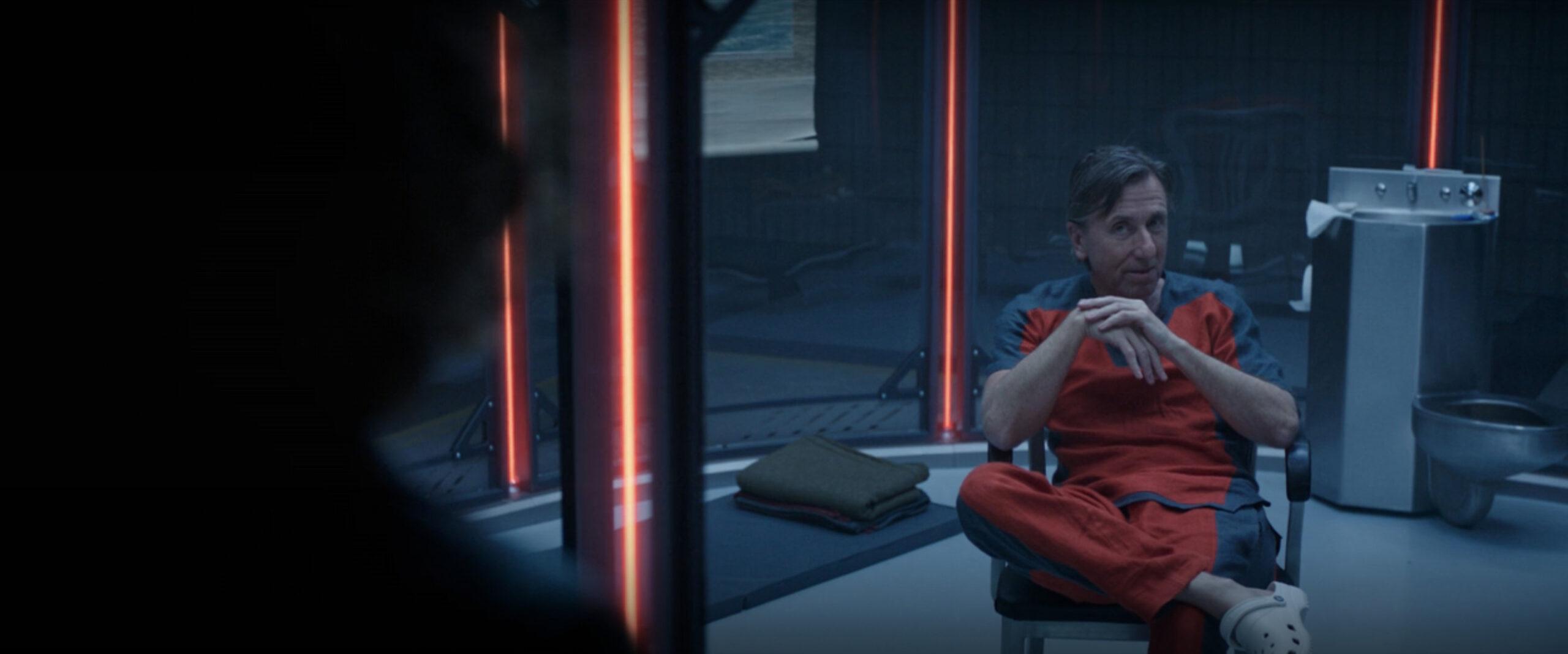
The series premiere of She-Hulk: Attorney at Law wasted little time in introducing Jennifer Walters as Bruce Banner’s cousin and the newest superhero in the MCU. The episode, which landed on Disney+ last week, began with Walters having already endured the near-fatal accident that gave her the ability to transform her body into a green, 6-foot-7 mass of pure strength, and concluded with the moment when the world first witnessed her new hulking form in action. The time between was largely dedicated to showing the audience how Jen gained her superhuman abilities and how she relates to her famous Avenger relative, effectively packing She-Hulk’s origin story into a single installment that could serve as a palatable entry point for viewers unfamiliar with the character. This week’s episode, on the other hand, pulls the series’ premise into focus.
Following Jen’s heroics to save a jury from “superpowered influencer” Titania’s violent outburst at the end of the premiere, the opposing team in court, GLK&H, successfully petitions the judge to declare a mistrial on the grounds that Jen’s actions biased the jury in her favor. As a result, Jen loses her job at the district attorney’s office, and she’s unable to find a new one given that no other law firm wants to take on the risk and unwanted attention that comes with adding a superhero to its ranks. That is, until GLK&H offers her the chance to become the face of the prestigious firm’s new division that specializes in superhuman law. And Jen’s first case has her representing none other than her cousin’s one-time nemesis: the Abomination.
With Jen’s new job in place and her high-profile client Emil Blonsky (Tim Roth) reintroduced in human form for the first time since he appeared in 2008’s The Incredible Hulk, the She-Hulk series is now properly set up to be the legal comedy that it was advertised as. The premiere spent perhaps too much time establishing the connection between Bruce and Jen, centering the vast majority of her origin story on Banner training his cousin in the Way of the Hulk instead of introducing Walters as a character on her own. As head writer Jessica Gao revealed in recent interviews, the premiere we watched was originally written to be the fourth episode of the season before being pushed back to Episode 8 during production. It was only during post-production that it was shuffled all the way up to open the series, due to feedback from Marvel executives and test audiences.
“Months into post-production, Kevin [Feige] and everybody at Kevin’s level wanted to move it to the first episode, and I fought them tooth and nail,” Gao told Collider. “But, I understand it. I think it’s just because we [over]estimated, or at least I did, people’s familiarity with this character. … People who watched it, test audiences, really wanted to know more about her. They were having trouble. It was the elephant in the room, and they couldn’t get past it. So, I lost the argument.”
Although it’s unclear whether other episodes were also reordered as a result, the second installment does a much better job of setting the stage for She-Hulk and showcasing its potential as a low-stakes comedy series. “Superhuman Law” introduces the challenges that Jen faces as her newfound superhero celebrity puts her once-promising legal career in jeopardy, while forever changing the way the rest of the world views her and measures her merits. It also provides a taste of how the series will focus on the everyday life of superheroes and offer explanations to some of the questions that the MCU movies don’t have time (or simply don’t care) to answer.
Just as 2016’s Captain America: Civil War introduced the Sokovia Accords to reckon with the collateral damage that the Avengers left behind during the near-doomsday events seen in The Avengers and Avengers: Age of Ultron, She-Hulk offers a new perspective on the happenings in the MCU by considering the consequences that superheroes’ actions would have from a legal standpoint. It’s a rather absurd concept, of course, and it probably wouldn’t work with the more serious, dramatic approach of Civil War, but it’s a rich source of comedy in a procedural that builds on the precedent of dozens of films and TV shows in its genre.
The case of Emil Blonsky, for example, offers a more sympathetic interpretation of the MCU’s second-ever villain, who first appeared in a film so long ago that the Hulk was still being played by Edward Norton instead of Mark Ruffalo. (She-Hulk, naturally, doesn’t balk at the chance for some fourth-wall-breaking humor related to this recasting.) Blonsky—who has discovered a love of writing haikus during his many years of imprisonment—argues that the U.S. government’s faulty super soldier serum is solely to blame for his destructive rampage in Harlem, and that he was just carrying out orders. “I was sent on a mission to take out a threat, and I thought I was the good guy,” Blonsky tells Walters. “I thought I was going to be Captain-bloody-America, or something, you know? And now, that very threat—your cousin—is held up as some kind of hero, and I’m locked up in here. Where’s the justice in that, Jen?”

In a series that has more interest in legal proceedings and (super)human interaction than massive set pieces or end-of-the-world scenarios, She-Hulk’s low-stakes nature affords Marvel Studios the opportunity to fill in the gaps of the movies. The premiere helped explain what Banner has been up to since Avengers: Endgame, and the second episode—which shows a Sakaaran ship transporting him through space, likely bringing him back to Sakaar for the first time since he left the planet in Thor: Ragnarok—hints at a potential Hulk adventure for another day. (While many of the story elements of Greg Pak’s tremendous Planet Hulk comics series were already used in Ragnarok, this could create an opportunity to further explore Hulk’s lost years on Sakaar and integrate developments from Planet Hulk and its follow-up series, World War Hulk.)
Likewise, “Superhuman Law” ends with Jen watching a report about the Abomination breaking out of prison to participate in an underground fight club, teasing a connection—and forthcoming explanation—of the Abomination’s surprise appearance in 2021’s Shang-Chi and the Legend of the Ten Rings, when he was seen sparring with Wong. Their cage match raised a lot of questions when the film was released last September, and almost a year later, we’ll finally get to see how the (allegedly) reformed villain and the Sorcerer Supreme wound up fighting each other in Xialing’s club in Macau.
With seven episodes left in its nine-part first season, She-Hulk will have to balance its responsibility to introduce a new title character—in the context of a compelling and cohesive story, to boot—with its attempts to embed itself within the MCU and weave in more cameos than perhaps any Disney+ series before it, all within a half-hour format. The show has already felt rushed at times, as with the premiere’s brief and odd introduction of Titania, who was given a name only when her antics were even more briefly explained away in a news segment to open the second episode. And the Hulk-sized cameos—with at least Wong and Daredevil still to come—run the risk of taking too much of the spotlight away from Tatiana Maslany’s wonderful leading performance as She-Hulk. But given Bruce’s departure and She-Hulk’s intriguing, lighthearted premise, which separates it from some of the more dramatic Phase 4 TV shows that have tackled grief or loss, Jennifer Walters has plenty of time to step out from her cousin’s shadow and shine on her own.
